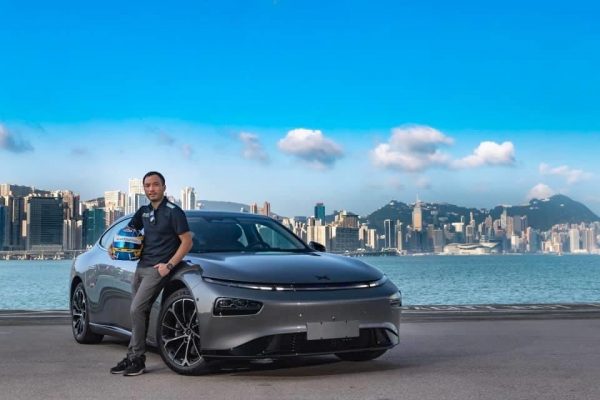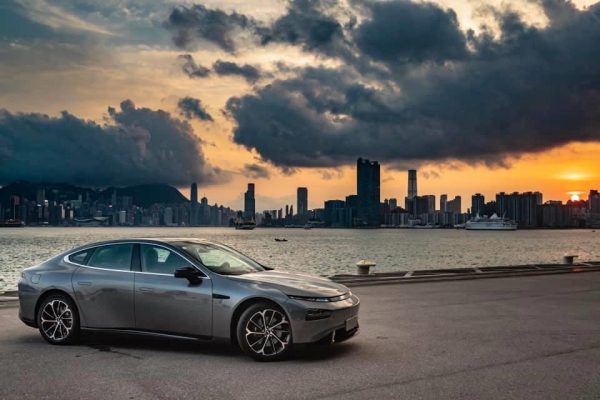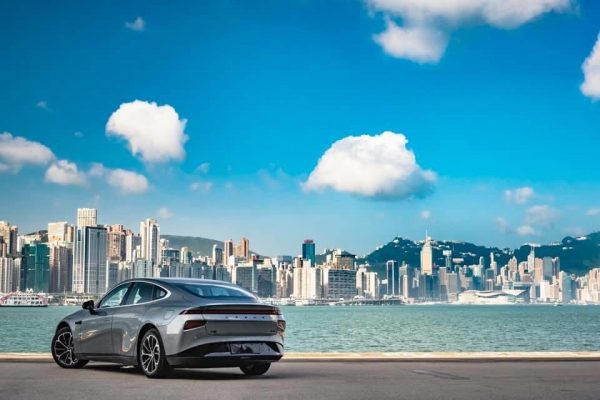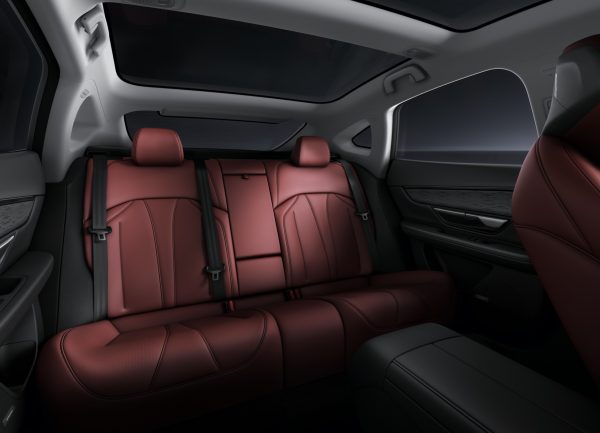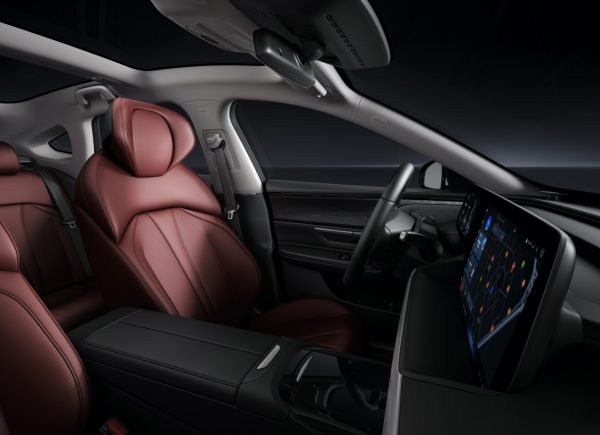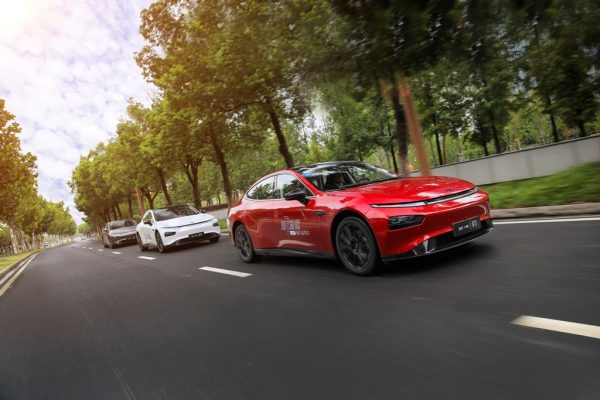Xpeng P7 Will Cover 706 km on a Single Charge
It seems that the number of Chinese electric vehicle manufacturers has increased exponentially over the last few years, thanks to attractive subsidies and other incentives introduced by the local government to push EVs. According to Centre for Strategic & International Studies (CSIS), currently there are more than 450 electric car manufacturers in China.

So here we have another Chinese startup ready to take on the giants in the electric car industry such as BAIC, NIO and BYD – Xpeng, which is short for Xiaopeng Motors. Founded in 2014, Xpeng is based in Guangzhou, but apparently it also has offices in Mountain View, California. Although it has just entered its sixth year in the cut-throat business, the company already has two electric cars in their lineup, namely the G3 and the P7.
Launched in its home market in December 2018, the former is a crossover that hardly distinguishes itself from other China-made crossovers and SUVs in terms of design. The latter, on the other hand, looks much more exciting with its clean surfaces and low-slung roofline. It went on sale in China just over two months ago with 3 trims (Standard, Smart and Premium) and a total of 8 configurations to choose from, as shown below:
- Standard RWD Long Range
- Smart RWD Long Range
- Premium RWD Long Range
- Standard RWD Super-Long Range
- Smart RWD Super-Long Range
- Premium RWD Super-Long Range
- Smart 4WD High Performance
- Premium 4WD High Performance
Perhaps in an effort to drive more sales, veteran racing driver Darryl O’Young was recently put behind the wheel of a P7. In a tweet posted on September 4, Xpeng says “Handling, acceleration, performance, connectivity, auto parking, AI tech all tested to its limits. More to come.” Exciting times ahead indeed. But what do we know about the electric sedan?
Dubbed a “super long-range smart sedan”, the P7 can be had either with a 70.8 kWh battery that delivers a driving range of 568 km or a 80.9 kWh battery with up to 706 km of range on a single charge. Speaking of charging, the 70.8 kWh version takes 28 minutes to charge from 30% to 80% via fast charging while the larger-capacity battery adds 3 minutes to that time.
On the performance front, all six RWD versions get a single electric motor that generates 196 kW and 390 Nm, enabling them to sprint from 0 to 100 km/h in 6.7 seconds and reach a top speed of over 170 km/h. The 4WD High Performance version, which is only available with the 80.9 kWh battery, adds another electric motor on the front axle for a total system output of 316 kW and 655 Nm. It does the century sprint in just 4.3 seconds.
Built on the company’s Smart Electric Platform Architecture (SEPA), the P7 boasts one of the most advanced autonomous driving architecture among production vehicles in China. It is is powered by the NVIDIA DRIVE Xavier chip that allows it to run the XPILOT3.0 and XPILOT2.0 systems concurrently to provide complete redundancy.
The sedan is also equipped with multiple front-facing, side and rear-facing cameras that are capable of covering a 180 degree field of view, following tight curves and recognizing vehicles cutting in at close quarters. There are also forward-looking millimeter wave radar sensors, with detection distance of over 200 meters, and four more similar radars positioned at each corner of the P7. According to Xpeng, this setup offers market-leading accuracy and angle of view, effectively penetrating rain, fog, haze to perceive surroundings in reduced visibility conditions.
This all sounds so promising but surely a tech-laden electric car such as this must be very expensive? Well, not quite. In China, pricing starts at 229,900 RMB (RM139,420) for the Standard Long Range version all the way to 349,900 RMB (RM212,190) for the range-topping Premium 4WD High Performance, post subsidies. In comparison, the Tesla Model 3 starts at 323,800 RMB (RM196,360).




